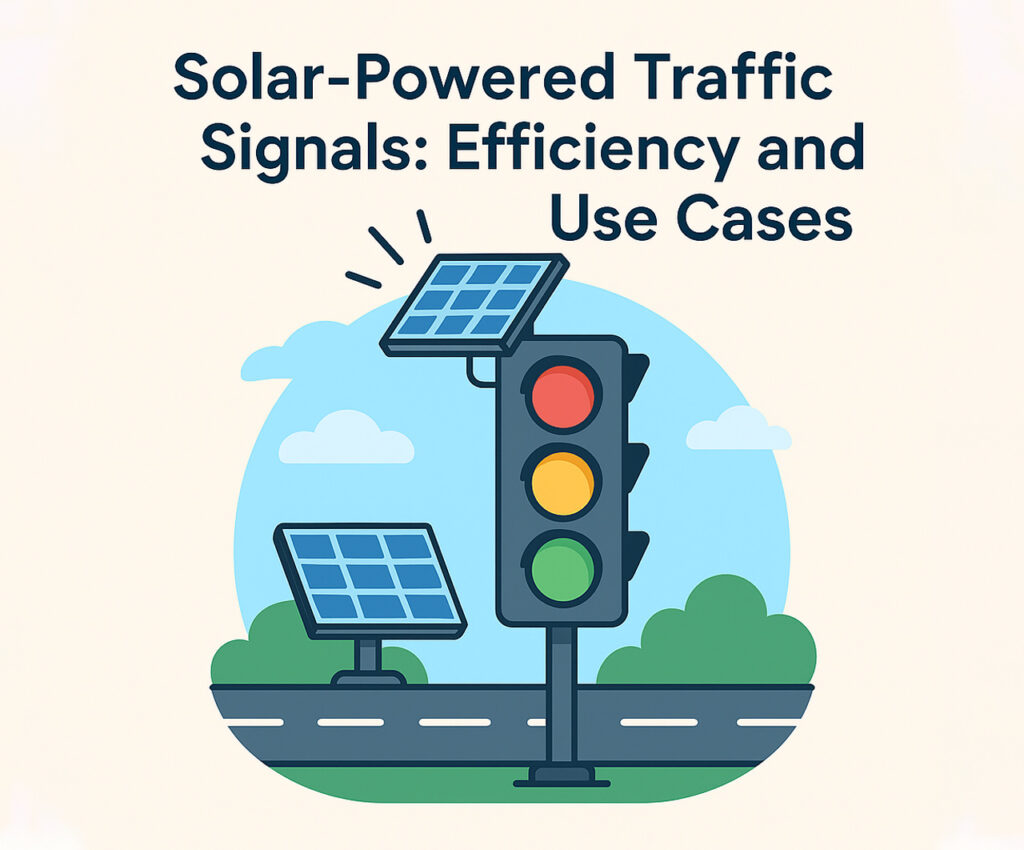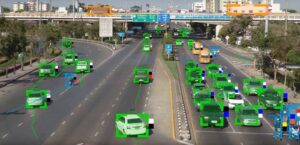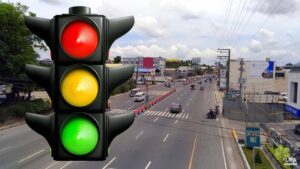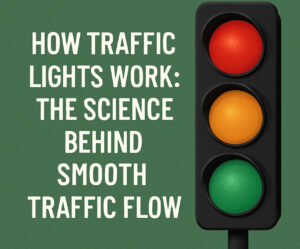In a world that’s increasingly turning toward sustainable solutions, solar-powered traffic technology is making waves. From a flashing yellow traffic signals in a remote intersection to a portable traffic signal changer used during construction, solar systems are proving to be reliable, cost-effective, and environmentally friendly. Whether you’re searching for a traffic signal light for sale or planning an infrastructure upgrade, solar power is transforming how we manage road safety and flow. Know more..
The Evolution of Solar Traffic Systems
Traditional traffic signals rely on grid electricity and require substantial infrastructure. But in areas where installing underground cables is expensive or impractical, solar power steps in. Solar-powered traffic systems operate independently using solar panels, rechargeable batteries, and energy-efficient LED lighting.
The appeal isn’t just about going green. These systems are especially useful in rural areas, developing regions, and temporary setups like construction zones. With just a solar panel and a controller, you can install a flashing yellow traffic signal anywhere it’s needed, improving safety without costly electrical work.
How Solar-Powered Traffic Signals Work
Each solar traffic unit includes:
- Solar Panels: Capture sunlight and convert it to electricity.
- Battery Bank: Stores power for use during nighttime or cloudy conditions.
- LED Signal Heads: Low-energy lights that ensure visibility.
- Control Unit: Manages signal timing and functionality.
Many setups also include a traffic signal changer, either remote-controlled or automated. This allows operators to switch between red, yellow, and green modes or activate a flashing yellow traffic signal for caution zones. These systems are compact, easily deployed, and require minimal maintenance.
Use Case #1: Rural Intersections
One of the most common deployments of solar-powered traffic lights is in rural or low-traffic areas. These locations often lack reliable power infrastructure, but accidents still happen—especially at high-speed crossroads. Installing a solar-powered flashing yellow traffic signal warns drivers to proceed with caution without needing to tap into the grid.
Because the system is self-contained, it can be installed in a matter of hours. Local governments benefit from lower costs and improved road safety.
Use Case #2: Emergency and Temporary Setups
Natural disasters, road construction, and special events often require rapid deployment of traffic management systems. That’s where portable solar-powered systems shine. These setups often include a traffic signal changer, allowing personnel to adjust signals based on evolving traffic flow.
Need to change a signal from a 3-phase cycle to a flashing yellow traffic signal during an emergency? No problem. These mobile units can be towed into place, activated, and running in minutes.
Use Case #3: Developing Countries
In areas with limited electrical infrastructure, solar-powered traffic signals are a cost-effective way to improve road safety. Rather than wait for expensive grid expansion, cities can deploy solar-powered lights using local labor and resources.
Many municipalities are now looking for a traffic signal light for sale that runs on solar energy. These products are increasingly available and tailored to specific environmental conditions, from extreme heat to monsoon climates.
Environmental Benefits
Switching from grid-powered systems to solar isn’t just cost-effective—it’s eco-conscious. Here’s why:
- Zero Emissions: Solar systems reduce carbon footprints by avoiding fossil fuel use.
- No Power Outages: Battery backups ensure continued operation during outages.
- Less Light Pollution: LED-based lights are directed and efficient.
- Sustainable Materials: Many manufacturers are focusing on recyclable components.
Even a single flashing yellow traffic signal powered by the sun contributes to a broader shift toward cleaner cities.
Cost Efficiency
While the upfront cost of a solar-powered traffic signal light for sale may be slightly higher than a traditional model, the long-term savings are substantial. With no monthly electricity bills and low maintenance needs, municipalities recover their investment quickly.
Plus, portable units can be reused in different locations, maximizing utility. A traffic signal changer included in these packages allows cities to adapt a single system for multiple applications, extending its lifecycle.
Technology Advancements
Recent innovations are pushing solar traffic systems to new levels:
- Smart Sensors: Detect approaching vehicles to trigger signals.
- Wireless Control: Operators can use mobile apps to act as a traffic signal changer.
- AI Integration: Predicts traffic flow and adjusts signals for optimal efficiency.
- Durability Enhancements: Anti-glare coatings, vandal-proof casings, and weather-resistant designs.
From advanced traffic signal light for sale options to AI-coordinated systems, the tech is evolving rapidly.
Installation and Maintenance
Installing a solar-powered signal is surprisingly simple. Here’s what it typically involves:
- Site analysis for sunlight exposure.
- Mounting the solar panel and signal pole.
- Wiring internal batteries and control units.
- Configuring signal patterns (e.g., flashing yellow traffic signal).
- Testing and calibration using a traffic signal changer.
Maintenance is minimal—mostly battery replacements and occasional cleaning of panels and lenses. That makes them ideal for locations where regular inspections are challenging.
Safety and Regulation
Solar-powered systems must meet the same safety standards as traditional ones. Many countries now include solar signal specs in their transportation guidelines. Buyers looking for a traffic signal light for sale should check certifications like:
- MUTCD (Manual on Uniform Traffic Control Devices)
- ISO/IEC standards
- Local government approvals
These regulations ensure visibility, reliability, and durability in all conditions.
Future of Solar Traffic Systems
As solar technology becomes more affordable and efficient, expect to see:
- Smart City Integration: Linked with urban traffic control networks.
- Public Transport Syncing: Signals adapt based on bus/train arrival times.
- Data-Driven Optimization: Using traffic analytics to reduce emissions.
- Voice-Activated and App-Controlled Signal Changers.
More manufacturers are offering customizable, plug-and-play solar kits. Whether you’re a contractor, city planner, or searching for a traffic signal light for sale, the future is bright—and solar-powered.
Final Thoughts
Solar-powered traffic signals are more than a green alternative—they’re a practical, scalable solution for modern mobility. Whether it’s a remote flashing yellow traffic signal, an emergency-ready traffic signal changer, or a permanent traffic signal light for sale, solar systems offer flexibility, safety, and sustainability.
From rural roads to urban intersections, these systems are redefining how we manage traffic. As cities aim for lower emissions and smarter infrastructure, solar-powered traffic signals will play a major role in keeping people moving—safely and efficiently.





